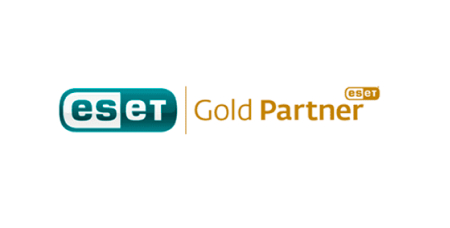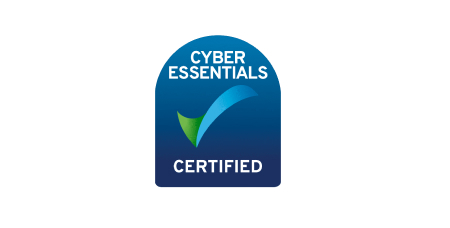Making IT Amazing
Why do we have the paradox that instead of improving agility and cohesion, ‘enabling’ more flexible working patterns, the opposite can be the case with IT investment?
Instead of better information flow, for example, access to relevant data is more complex, while any expected reduction in the operational costs of the business fail to materialise.
The implications are increased vulnerability, as well as an impact on effectiveness, an increased difficulty in remaining competitive and being on the same wavelength as their customers. For a report being researched and written by DECISION magazine for HB Tech, companies consider what they need to address if IT is to deliver key objectives.
This is one of the papers to be published in the report.

Dan Rose
Commercial Director
Event Insurance Services

Paul Telling
Finance Director
Event Insurance Services
FOR DAN ROSE, the role of technology is about making things easier to understand. “IT is about giving the customer options, presenting complex information in a way they can comprehend,” says the commercial director at Event Insurance Services. “Our language can be complex, so we have to put what we do into the simplest of terms if we are to best inform and support the client.”
Specialising in the provision of insurance policies for those organising events such as school fetes, weddings and festivals, Rose explains the importance of having a centralised IT system that “does everything” for the company’s twenty staff and client base. “Five years ago,” he says, “our website and database were separate from one another. The customer would find a policy on the website, and we’d send over the policy documents from an internal database.
“Now, having merged the two, we have a quote engine where we can pre-set policies, and when a customer purchase a policy directly through our website, they will receive their policy documents immediately.”
The company covers events up to revenue in excess of £5million, including up to 750 festivals in the UK every year and up to 1000 worldwide. Weddings make up 10-15% of the company’s turnover.
And a benefit of their unified system is that it allows Event Insurance Services to market their services more efficiently. “With the old website, we could only see a policy application when the customer had completed and submitted the documentation,” says Rose. “Now we can monitor applications as soon as they’re started.”
For finance director Paul Telling, this adds a new dimension. “Once an application has been started,” he explains, “it’s important for us to enable the customer to understand what the policy provides for. Pop-ups at key stages help us let customers know plainly what is included in their selection and what isn’t, and then it’s basically a case of tick ‘Yes’ if you understand to progress with an application. The challenge has been to strike the right tone and not smother the potential customer.”
Responses will then trigger a referral if needed. If the customer does not need to be referred, a policy will be provided there and then through the website. “But it’s important not to force customers into a box,” adds Rose, “We don’t provide a drop-down ‘menu’ of answers to our questions. You have to enable the customer to be genuine and specific so that their answers relate completely to their requirements. We’ve covered an alpaca festival, a world record attempt for the largest gathering of pirates in one place, an attempt at the largest dominoes drop run of humans strapped to mattresses. How would we include options to cover them all in a drop-down menu?”
Since Event Insurance Services introduced the unification, their conversion rate has gone up from 30% to 50%. “Basically one in two customers who start an application on our website now buys their policy through us,” explains Telling. “IT allows a company like ours to see the customer in a different light; we can become more agile and proactive in meeting their needs.”
Making the system as “Amazonlike as possible” has been the aim, he adds. “Regulation means there is now more of an onus on insurers to fully inform their customers about their cover. Just harnessing IT to ensure the ‘message’ is delivered isn’t enough. We have to make sure it is taken on board. Nowadays people can be more comfortable to interact from behind their keyboards than in person or on the phone.”
Ironically, one of the reasons, Rose reveals, is that for the customer it’s quicker and easier to refer back to an electronic record of correspondence. “But the telephone is by no means become redundant,” he adds. “And that gives us an opportunity to demonstrate to the customer how friendly a business we are. It’s vital though that if you call a company like ours, you as the customer are able to get through to a human being who knows exactly what they’re talking about straight away.”
A measure of the efficacy of their approach is the five-star ‘excellent’ rating on consumer review website Trustpilot. “I think it’s because we’ve got the balance just right,” suggests Rose. ‘We’re small enough to feel like a family-run company, giving the customer a one-on-one service, but IT has enabled us to deliver all of our services online just as effectively.
“Technology is an enabler; if IT and automation can speed up processes, it gives our employees more time to do what they have been trained to do – finding solutions for their customers. If IT takes out the admin work for our team, it allows us more time to demonstrate our enthusiasm for what we do.”
Researched and published by
DECISION magazine
www.decisionmagazine.co.uk








